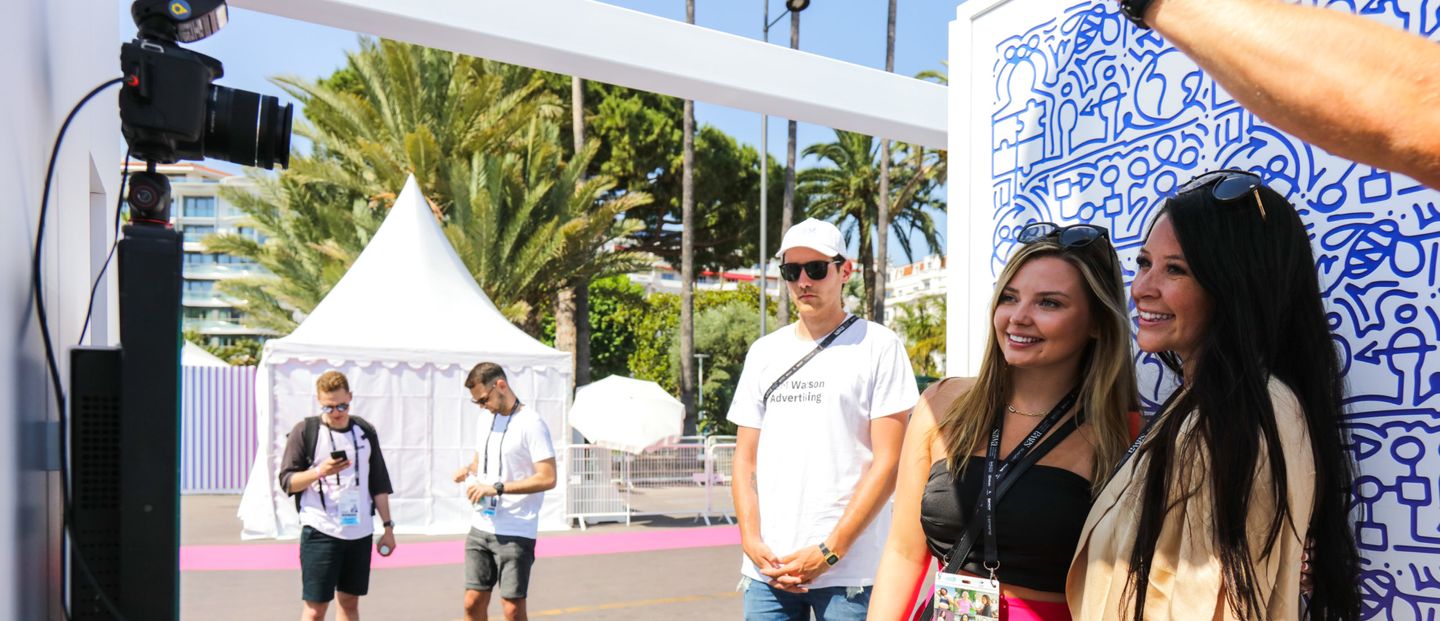Experiential marketing builds communities, shifts perceptions and is authentic. How best can brands tap into its potential?
In a world where mis-information and fake news exists, people want authentic interactions with brands, interactions that resonate and help build both personal and community relationships.
Live events deliver this. Creating a genuine human connection means focusing on the person’s experience rather than the transaction. Events reinforce authenticity as you can see and hear more about the brand first hand, while becoming part of a community there and then.
Jonathan McCallum, VP chief strategy officer at George P Johnson, explains this impact: “With live events, brands are staging environments that enhance the experience of ‘being together’; as well as interacting with the product story, people are alongside each other when they’re using that product or service.”
“They all share the same challenge or are heading towards the same outcome; there is strength in that unification and you start to build a community aspect.”
Shared aloud
And it’s community that matters, it cannot be underestimated. It is very difficult for a brand to think of everything from a customer view but bringing the right people together in the right environment creates a platform for sharing.
One example of this is the work GPJ has done for Cisco. The audience already have a bond with the brand through using the technology in their everyday business lives. By drawing them together at an event, this creates a real sense of collaboration.
“Cisco is a world leader in collaboration and networking tools, yet it still sees the value in bringing people together on a journey,” says McCallum.
From digital to physical
Mobile-first businesses – those with no physical footprint, face particular challenges around community creation but often have the most to gain, as their biggest adopters tend to be from younger generations, advertisers’ most coveted demographic. Millennials are also increasingly after experiences over products. There is a real opportunity here for these businesses to maximise experiential’s value within the communications mix.
Take the fintech sector: mobile-only banks have quickly established communities of like-minded individuals. Yet with no physical shops, these communities can seem isolated.
“Such brands will need to create a physical place where their community can bounce ideas off each other – it doesn’t have to be a permanent space – semi-permanent ones are becoming more prominent,” believes McCallum. “Such environments can now be built speedily, whether through 3D printing or other technology. It is becoming easier to create experiences on a smaller scale that can come and go.”
Experiences need no longer be online or mobile-only. Amazon and eBay are creating physical manifestations of their brands, they realise the value of an actual footprint or live presence. Amazon has its pick-up points and its Treasure Truck experience, where new, trending or local items customers have bought are hand-picked and loaded on a branded truck, which then stops at various locations. eBay also has seasonal pop-up shops.
For McCallum, this shows a genuine omni-channel approach. “Great comms is all about having a mix; as a brand you need to define what that mix is – and not including experiential is missing a trick. You might need to overcome a specific barrier by using mobile and with an experience you can tell a much deeper story.”
The real deal
The public increasingly question what’s in front of them so brands are striving to fill that authenticity vacuum. Experiences offer this element of credibility and help to shift perceptions.
“A brand wanting to change perceptions can align with something else, creating a sense of ‘adjacency’ within an experience,” says McCallum. “For example a product that is not luxury can be presented in a luxury environment. This is much harder to achieve online. A live environment offers greater opportunity for depth.”
By creating an authentic experience for the audience, that audience becomes the brand’s advocates, spreading the story with integrity long after the event ends. And at events, brands can control the framing of content.
“It’s about trying to encourage people to behave in a certain way, focusing on a particular moment and hoping they capture and share that,” says McCallum.
By Jonathan McCallum, Vice Present, Chief Strategy Officer at George P. Johnson and as featured in Campaign Magazine.
